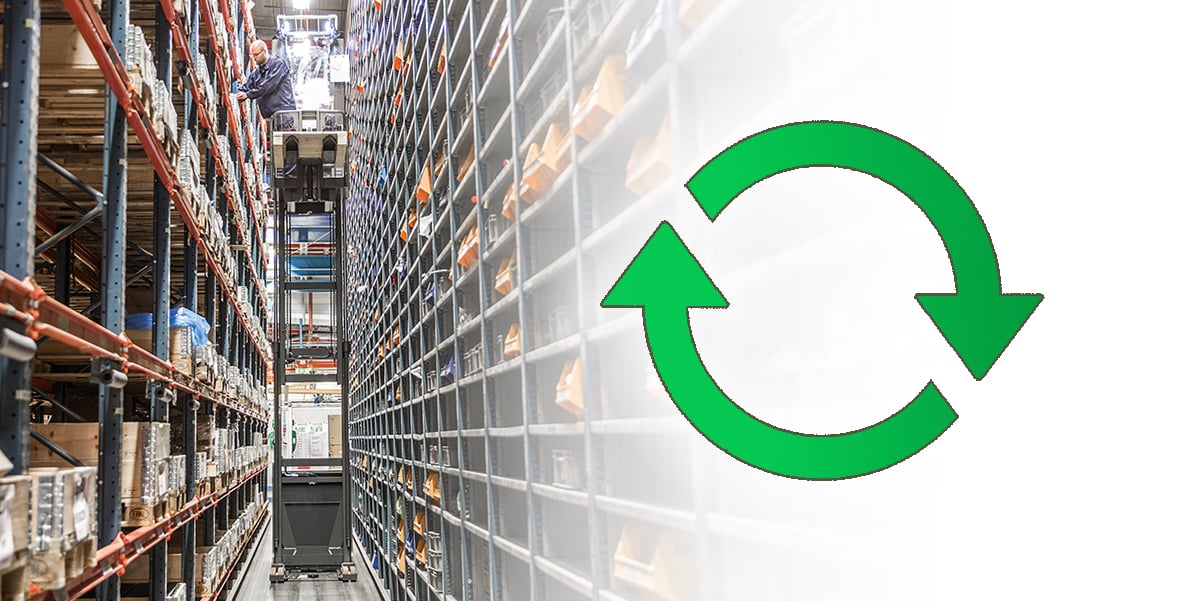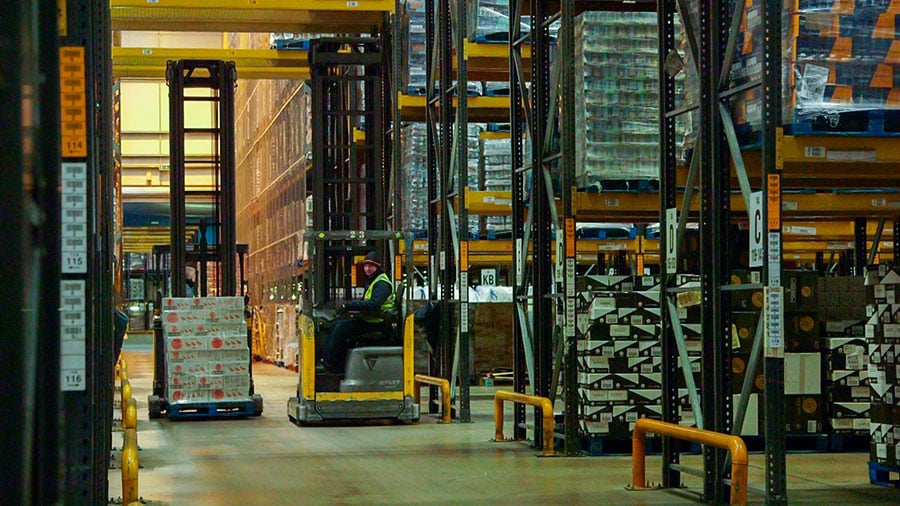
The wide world of materials handling-specific terms can be difficult at the best of times, especially for someone who may be new to or not so familiar with the industry. One of the more misleading terms is turnover – for most people, a fairly common word which refers to the amount of money taken in by a business during a certain period.
Turnover can also refer to the rate at which employees leave and join a business. In the materials handling industry, there’s a third meaning – here, it’s the rate at which goods are shipped out and replenished from a warehouse or a goods store.
Why is this third kind of turnover important for businesses that deal with materials handling? Because it plays a huge role in the types of storage systems the business uses, the trucks they operate, and even the amount of staff and type of warehouse building that they invest in.
The effects that turnover has on the operation
Think about a warehouse in the food industry that receives shipments, stores and ships out fresh food. A warehouse like this will probably have a high turnover – they can’t store the goods for too long because they’ll perish, so they need to ship them out quickly. The stock of a warehouse like this will be completely replaced on a pretty regular basis.
Now think about a warehouse which stores whisky barrels. Here, the stock of barrels will remain in the store for a long time – at least three years, and up to several decades – so that the spirit can mature and gain the qualities that make whisky a desirable and often expensive product. In this warehouse, it will take a very long time for the entire stock of barrels to be completely removed and replaced with new ones.
Turnover has a big effect on the storage systems...
The materials handling demands in these warehouses will vary greatly. Goods move fast in the food warehouse, so the storage system should be configured for quick and easy access to all products; maximum selectivity of product lines is very important. If picking, it is hugely important to reduce the travel time between picks and to avoid bottlenecks. In the whisky store, a barrel may stay in the same place for years. As such, speed and selectivity are less important while the storage density becomes a key requirement allowing for the maximum quantity of stock to be held at any time.
... and also the choice of trucks.
The same applies to the materials handling equipment – in the fast-moving food warehouse, the manager may choose equipment based on speed, so they can reduce cycle times and improve efficiency. The whisky warehouse manager on the other hand may invest in more bespoke equipment such as very narrow aisle trucks (VNA) or specialised attachments as their priority will be on increased storage density at the expense of product selectivity or overall cycle time.
Whisky, along with products like wine and cheese, is one of the few things that gains in value by being stored. For other products like fresh food, storage always creates cost. However, this comparison shows the wide-reaching effects that this definition of turnover has on a materials handling operation. If you want to find out more about how the nature of the goods being stored will affect the rest of the operation, click the button below to get our free guide, Warehouse storage systems - three important things to remember.






































Comment